Dear colleagues, you are receiving a patient from South Korea.
Here is a list of useful information to know in the context of his medical care.
General Information
Distance from Paris Seoul: 8 968 km
51.7 million inhabitants / Average salary: $1,889 per month
Literacy rate: 100% / Life expectancy: 82.1 years
Spoken language: Korean
● Among Koreans, mental disorders may be stigmatized.
● The patient might use herbal remedies or other cultural practices to heal without necessarily telling the doctor.
● Koreans place a high value on education. A lot of pressure may be put on children to do well in school.
● The most common pathologies are: Covid-19, tick-borne encephalitis, Japanese encephalitis, hepatitis A and B, malaria, rabies, tuberculosis and Zika.
Communication
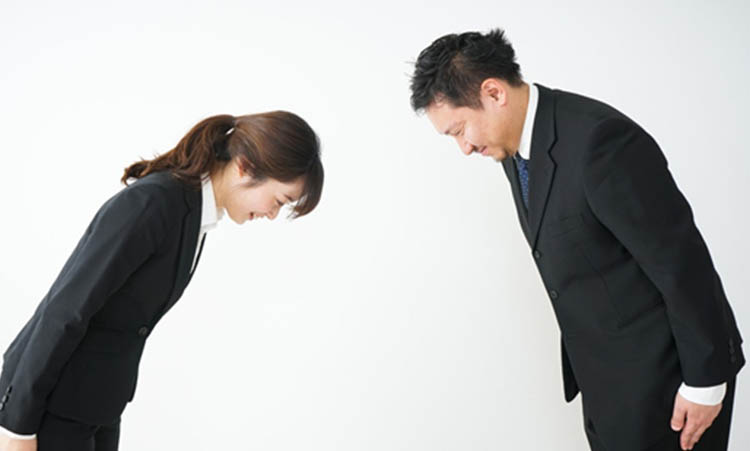
● Gestures with the hands may be considered offensive. For example, calling out to a Korean by waving your index finger may be seen as a sign of aggression.
● Koreans value respect and make every effort to avoid appearing rude, especially to their elders, superiors, or guests.
● Koreans consider it rude to look an elder straight in the eye.
● It may be helpful to reiterate requests because the Korean patient may refuse them, in the first instance, out of politeness.
● Communication of feelings through facial expressions is most often avoided.
● Koreans will often avoid sustained eye contact.
● Children receive very minimal sex education. The only formal instruction given to children is about the menstrual cycle, which is only taught to girls.
Beliefs, Practices & Rituals
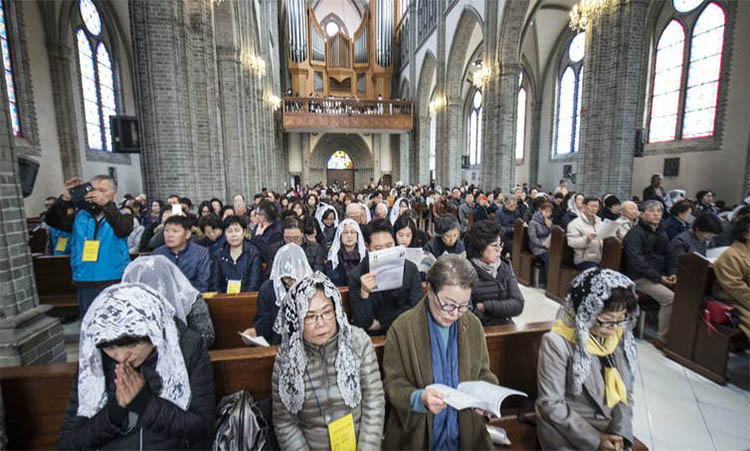
● The Confucian tradition has dominated Korean thought, along with Buddhism, Taoism, and Korean shamanism.
● Lately, Christianity is on the rise in South Korea although about 46% of the population does not subscribe to a specific faith.
● Healing with cupping is a traditional medical practice that can leave marks on the patient’s skin.
Dietary Habits
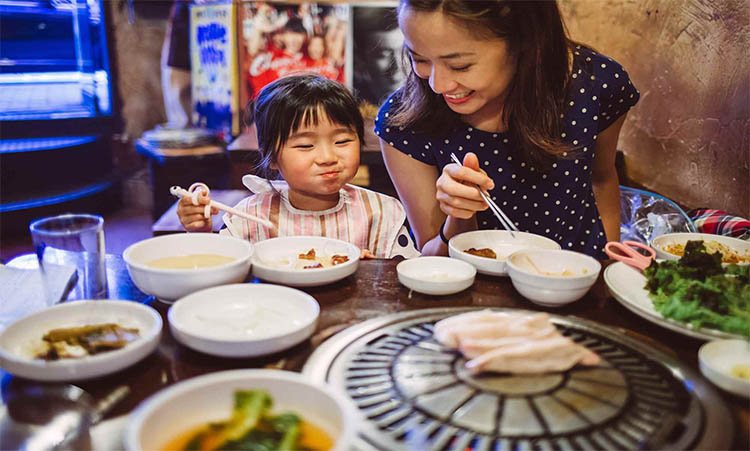
● Korean cuisine is largely based on rice, noodles, fermented vegetables (usually cabbage, radishes or cucumbers), tofu and a limited amount of meat.
● Traditional Korean meals are known for their many side dishes with steamed rice and soup.
Pregnancy and motherhood
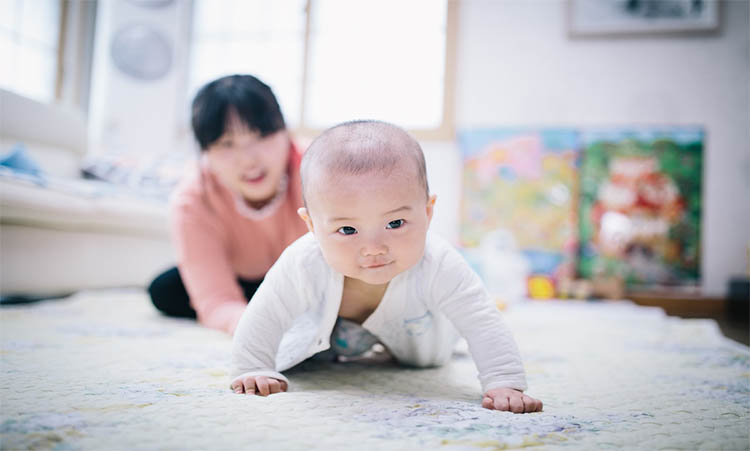
● In South Korea, the father can always stay overnight in the room, if it is a single room. The patient could expect the same in France.
● In Korea, the mother and child are separated for more than 24 hours to give the mother time to rest.
● Koreans count the weeks and months of pregnancy with the lunar calendar. From this point of view, pregnancy can last 10 or 11 months.
● As a rule, women give birth silently. The opposite being frowned upon.
● In South Korea, it is traditional for the mother not to take a shower for a week after giving birth. and to wash with wet cloths.
● Traditionally, the child is presented to the family 100 days after birth.
● The family may want to keep the umbilical cord and placenta.
● Young mothers might refuse to eat cold food and prefer to eat (seaweed) soups for a month after delivery.
● 80% of young Korean mothers use “maternity hotels” where they can rest. Their child can be taken care of by nurses there.
● Korean babies are 1 year old at birth and their birthday is on New Year’s Day. Therefore, the age expressed is not exactly the age estimated in the Western tradition.
● Most newborns have a blue/gray spot (the mongoloid spot) that appears at birth on the lower back and/or buttocks. It disappears over time.
● Although once illegal, abortion is now allowed without a law to regulate it.
End-of-life care
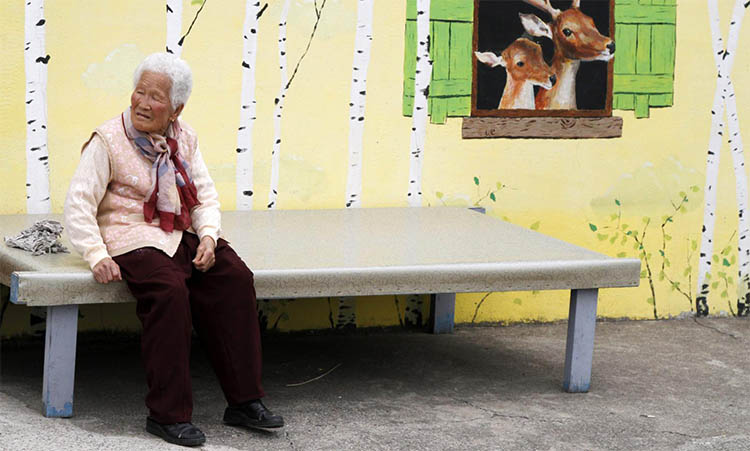
● Traditional Korean belief is that Koreans die at home. Illness is often seen as a discord between the natural forces of yin and yang.
● For Koreans, it is essential to maintain inner peace and a calm state of mind before dying.
● When a patient is terminally ill, family members may want to preserve him or her and not tell the patient of his or her upcoming death.
● Among older, traditionalist Koreans, illness is often seen as fate and hospitalization might be seen as a sign of impending death.
● Excessive crying may be seen as a sign of loyalty to the deceased.
● Koreans usually do not talk about death.
● In traditional Korean society, the eldest son and his wife are responsible for caring for the parents as they age. The feeling of guilt might arise if the eldest son and his wife think that they could have done something more to relieve the person during his or her passage from life to death.
● Nowadays, 1 in 2 Koreans intend to donate their organs.
Examples of Cases Encountered
This section allows us to share real life experiences. Feel free to share yours with the community.
This section allows us to share experiences. Feel free to share yours with the community.
| ● Cleveland Clinic – Diversity Toolkit |
| ● Le Monde: A project to authorize abortion is being debated in South Korea |
| ● Bloguetoileverte.wordpress.com – Living postpartum in South Korea |
